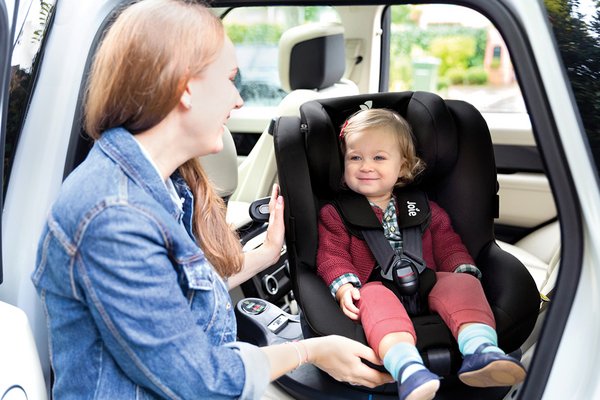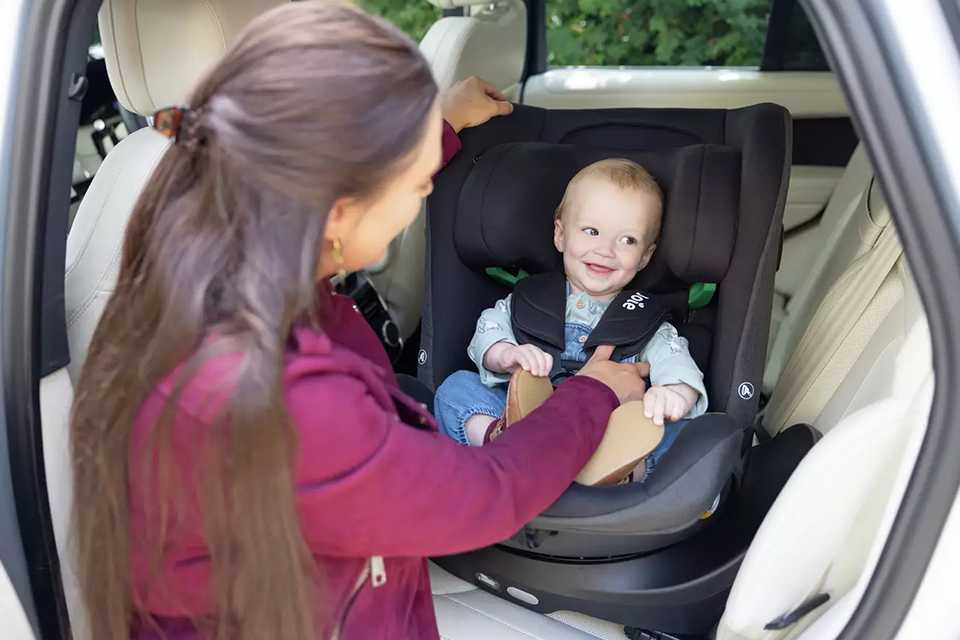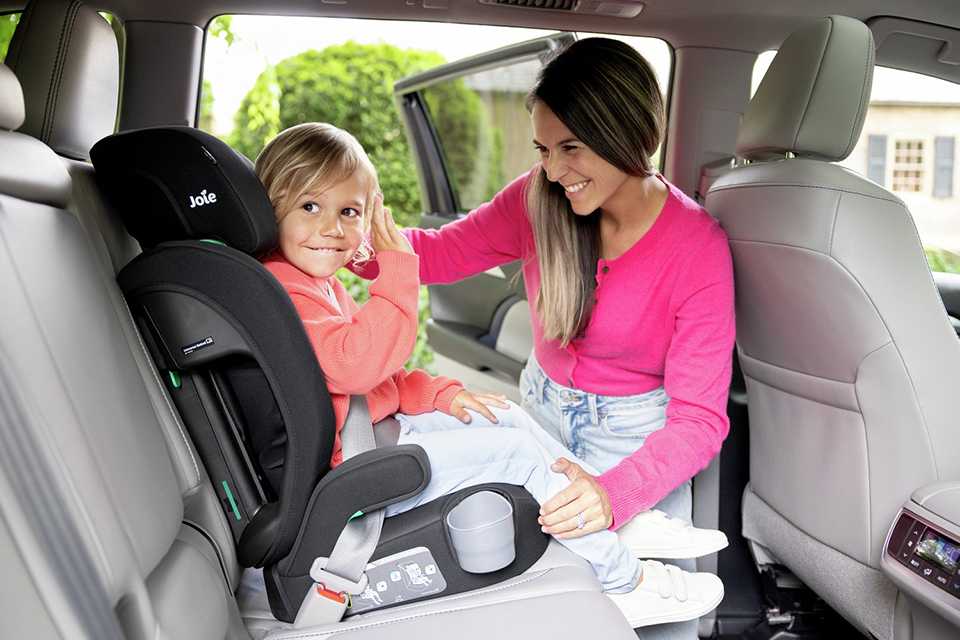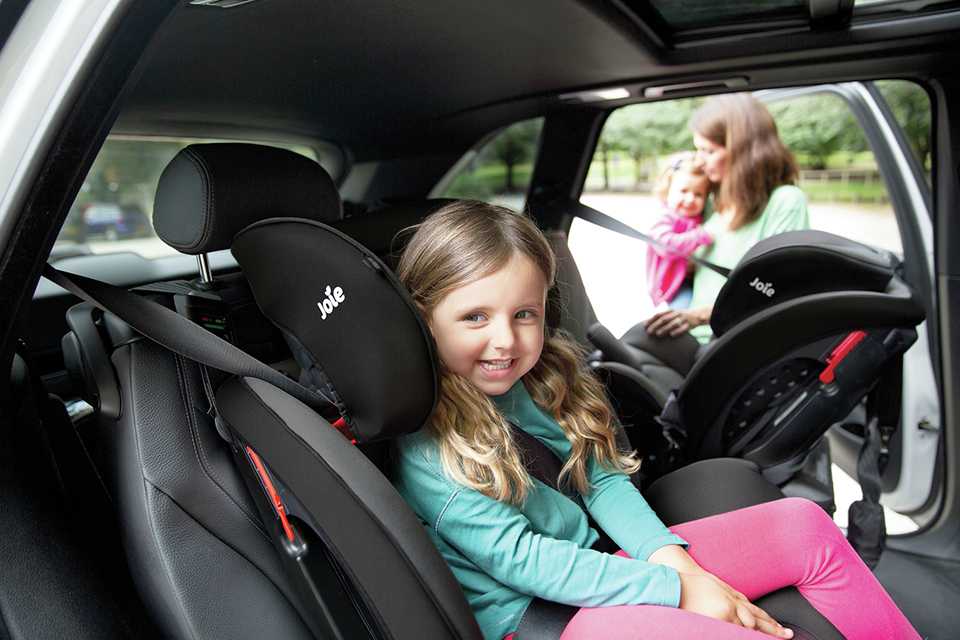Car seat guide
Our guide to choosing the right car seat to get your baby around safe and sound.
Shop all car seatsOur guide to choosing the right car seat to get your baby around safe and sound.
Shop all car seats&poi={$this.metadata.pointOfInterest.x},{$this.metadata.pointOfInterest.y},{$this.metadata.pointOfInterest.w},{$this.metadata.pointOfInterest.h}&scaleFit={($this.metadata.pointOfInterest.x>0)?$sfpoi:$sfcenter}&sm=aspect&aspect=3:2&sfcenter=center&sfpoi=poi&qlt=50&fmt=auto&noiser=0&fmt.jpeg.interlaced=true&fmt.jp2.qlt=40&)
Taking your child out and about in the car should be a safe, easy and enjoyable experience. But with so much information out there, and so many things to consider, choosing a car seat can be confusing. In this car seat guide, we’ll try to explain the latest regulations to make them easier to understand, highlight any further features that you and your child may benefit from, and ultimately help you find the right car seat for your child (and your car).
There are currently two ways to choose a car seat: By using the older regulation R44.04 which is based on your child’s weight (these are categorised by “Groups”) or by using the latest R129 regulation which is based on your child’s height. R129 seats are often referred to as i-Size car seats.


R129 is the European Regulation for car seats which came into force in the UK in 2013.
R129 seats go by the child's height, instead of their weight. Because of this, R129 seats allow your child to be rear-facing for longer and offer more protection if your car is involved in a collision.
Some R129 car seats are also known as i-Size seats which means that they have been developed to work with the ISOFIX system. But not all R129 seats are i-Size, so check carefully. Look for the i-Size icon on your car’s rear seats and on your child’s car seat to see if they are compatible.
Many of our car seats are compatible with ISOFIX, which is designed to make fitting a car seat safer and easier, with less risk of incorrect installation.
ISOFIX uses two anchoring points built into the base of your car's seats. An ISOFIX compatible car seat has two bars that connect onto these points.
Many baby car seats are compatible with an ISOFIX base. This allows you to click the car seat on and off the base with ease.
You can purchase the ISOFIX base separately to click into your ISOFIX-compatible car. Not all seats match all bases - make sure that the base you choose is compatible with your car seat before you buy.

Some ISOFIX car seats include an additional support leg that stands on the car floor or a top tether that attaches to the back of the seat to prevent it tilting or rotating in a collision.
Not sure if your car has ISOFIX? You should be able to find out by checking your car's back seats, reading your vehicle handbook or looking on the car maker's website.
To help you find the right car seat for your child, we have now grouped all our car seats by approximate child age group and minimum child height. From travel system car seats for newborn babies to backless booster seats for older children, we have a car seat for every height and age.
Approximate age: birth up to 12-15 months
Child weight: birth up to 13kg/29lb
Group 0+
Approximate age: birth up to 4 years
Child weight: birth up to 18kg/40lb
Group 0+ & 1
Approximate age: birth up to 12 years
Child weight: birth up to 36kg/79lb
Group 0+, 1, 2 & 3
Approximate age: Approx 9 months to 4 years
Child weight: 9-36kg/20-79lb
Group 1,2 & 3
Approximate age: Approx 4-12 years
Child weight: 15-36kg/33-79lb
Group 2 & 3
Please note that not all car seats may fit into these size ranges. The car seat manufacturer will advise and label them accordingly.
Child height: 40-87cm
Approximate age: birth up to 12-15 months
Child weight: birth up to 13kg/29lb
Group 0+
Child height: 100-150cm (Booster seats with backs can be used for 100cm+, Backless boosters are for 125cm+)
Approximate age: Approx 4-12 years
Child weight: 15-36kg/33-79lb
Group 2 & 3
Your child seat must conform to EU R44 or the new i-Size regulation R129. Look for the ‘E’ mark label on the seat.
Your child seat must be suitable for your child’s height, weight and size.
Your child seat must be correctly fitted according to the manufacturer’s instructions.
Never buy a second-hand car seat. While it might save you money, you can’t always tell if it's been damaged or in an accident. Using a second-hand car seat can put your child in danger.
Avoid keeping a baby in an infant carrier for prolonged periods of time as it can damage their back. Take regular breaks and get your child out of the seat when safe to do so.
Remove thick clothing from your child when using a car seat so that the belts can be tightened securely around their body. If you can pinch the straps of the harness together with your fingers then it’s not tight enough.
If using the car's seatbelt to secure the car seat, and to avoid "buckle crunch", make sure the buckle is not touching the frame of the car seat. Any pressure on the buckle could cause the seatbelt to come loose and the car seat won't be secure.
Keep baby entertained on boring car journeys. Brightly coloured and engaging baby car toys often attach to the headrest for the back seat or the car seat, and we've included some portable toys too.
Calm and soothe your little one with cooling window shades and headrest mirrors to reassure and relax on longer car journeys. Great for bringing on the zzzzs.
If you’re still unsure, these frequently asked questions might help:
Both R129 and R44 car seats are tested rigorously and are safe for your child. R129 seats, however, follow newer testing standards and have additional side impact testing for improved head and neck protection. R44 car seats are only front and rear tested.
ISOFIX car seats come in different types: Integrated ISOFIX, ISOFIX base sold separately, and ISOFIX base included. If you’re opting for Integrated ISOFIX, you don’t need to buy a separate base.
It’s advisable to put a baby car seat in one of the rear seats. If you’re fitting a rear-facing seat in the front, the airbags should be deactivated before doing so. But it is always better to fit them in the rear. If you're using an ISOFIX car seat, check where the ISOFIX anchor points are.
Legally, your child can use a forward-facing car seat once they're over 15 months old. However, because of the safety features of a rearward-facing car seat, it's best to continue using it as long as your little one meets the weight or height limit specified by the car seat manufacturer.
A rear-facing baby car seat should not be installed in the front if the car has an active airbag. It's advisable to place children in the rear seat until they are at least 15 months old. After this age, if you're using a suitable forward-facing car seat that follows the car seat manufacturer's instructions, move the passenger seat as far back as possible for maximum safety.
Currently, a rear-facing i-size baby car seat meets the highest safety standards and regulations in the industry.
Yes, they can. It's best to check the car seat brand's expiration date, which can be found on the label or imprinted on the car seat itself. There are other factors that can lead to the product expiring before the shelf life. These include wear and tear, introduction of new safety guidelines, product updates etc.
Yes, they can. But it's essential to check the car and car seat manufacturer’s specific instructions for correct and safe installation.
A travel system is essentially a 2-in-1 set of a pushchair and a car seat, plus many other accessories. The detachable infant carrier car seat enables you to lift the baby from the stroller to the car with ease.
While you can typically use a car seat with side airbags, it's advisable to check the car and car seat company's guidelines for specific instructions.
Find out more about the UK's car seat laws here - https://www.gov.uk/child-car-seats-the-rules
Children can use a booster seat when they are over 100cm tall and weigh at least 15 kg (33 pounds) if it is a booster seat with a back. They can use a backless booster if they are over 125cm in height. However, you can keep them in a forward-facing child car seat with a harness for as long as possible until they outgrow it. Always follow the latest guidelines for child car seat usage.
The main difference between the two is the presence of a backrest. High-back boosters have a full backrest, providing head and neck support, while backless boosters do not have a backrest. Both types elevate the child to improve the seat belt fit. If your car doesn't have a headrest or you want additional side-impact protection, you should choose a high-back booster. The backless booster seat is a great option for cars with high headrests or if you're looking for something portable. Always follow the latest safety guidelines before choosing.